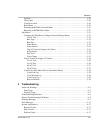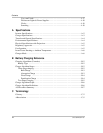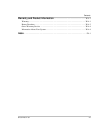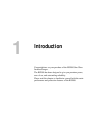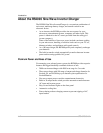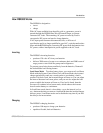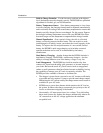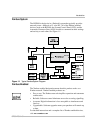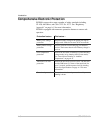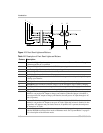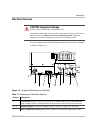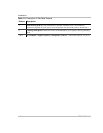
Introduction
975-0125-01-01 1–3
How RS2000 Works
The RS2000 is designed to:
•invert
•charge
With AC input available from the utility grid or a generator, power is
passed through the RS2000 Sine Wave Inverter/Charger to operate
connected AC loads. The remaining AC power not used by loads is
converted to DC power and used to charge batteries.
If AC input power becomes disconnected, fails, or falls out of
specification and is no longer qualified as good AC, a quick transfer takes
place and the RS2000 begins converting DC power from the batteries into
AC power, with no interruption in power supplied to the AC loads.
Inverting
The RS2000’s inverting function:
• produces 120 volts AC from your batteries
• delivers 2000 watts of power on a continuous basis and 5000 watts of
surge power to start loads like pumps and refrigerators.
To prevent power being drawn needlessly from the batteries, Xantrex®
has included the load sensing feature.
Load Sense Mode To reduce battery draw, you can turn on Load Sense
Mode with the System Control Panel. In Load Sense Mode, the inverter/
charger periodically sends out a search pulse to see whether a load is
present. If it finds a load, the inverter/charger will turn on. You can adjust
the interval between load sense pulses, and you can also adjust the load
power at which the inverter will turn on. If no load is found, then the
inverter will continue in load sense mode, which reduces the inverter
draw from the battery to a minimum.
In Load Sense mode, there’s a short delay—up to the interval you’ve
set—between the time you turn on a load and the time the inverter/charger
delivers power. Load Sense mode can be disabled at any time if you find
the delay to be inconvenient.
Charging
The RS2000’s charging function:
• produces 100 amps to charge your batteries
• equalizes flooded, lead acid batteries



